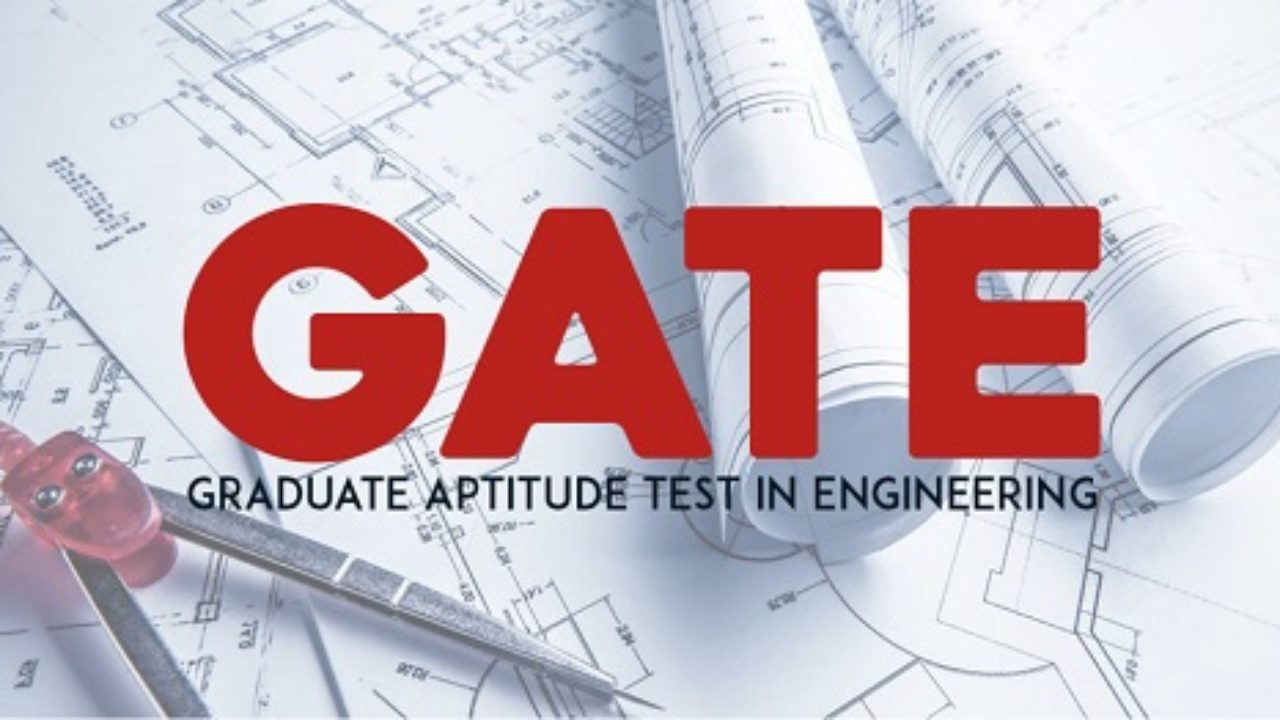university.nakul@gmail.com | Posted on
The Graduate Aptitude Test in Engineering (GATE) is a prestigious national-level examination in India that assesses the comprehensive understanding of various undergraduate subjects in engineering, technology, architecture, science, and humanities. Conducted jointly by the Indian Institute of Science (IISc), Bangalore, and seven Indian Institutes of Technology (IITs), GATE serves as a gateway for higher education and career opportunities in both academia and industry. Below is a detailed exploration of the GATE exam, its purpose, structure, eligibility, and significance.

Overview of the GATE Exam
GATE is an annual computer-based test designed to evaluate a candidate’s aptitude and technical knowledge in their chosen discipline. It is organized by one of the IITs or IISc on a rotational basis under the guidance of the National Coordination Board (NCB)-GATE, Department of Higher Education, Ministry of Education, Government of India. The exam was first introduced in 1983 and has since evolved into a benchmark for assessing technical proficiency.
The GATE score is widely recognized by educational institutions and public sector undertakings (PSUs) in India and even some international universities. It is a single exam that opens doors to postgraduate education (like M.Tech, MS, or Ph.D.) and lucrative job opportunities in government and private sectors.
Purpose of the GATE Exam
The primary objectives of the GATE exam are multifaceted:
- Admission to Postgraduate Programs: GATE scores are used for admissions to Master’s and Doctoral programs in engineering, technology, architecture, and science at premier institutions like IITs, NITs, and other universities. Many institutes also offer direct Ph.D. admissions based on GATE performance.
- Recruitment in Public Sector Undertakings (PSUs): Over 50 PSUs, such as BHEL, IOCL, NTPC, and ONGC, use GATE scores as a screening tool to recruit engineers for entry-level positions. This has made GATE a critical stepping stone for securing high-paying government jobs.
- Scholarships and Financial Assistance: Candidates admitted to M.Tech or Ph.D. programs through GATE are often eligible for stipends or scholarships from the Ministry of Education or other funding agencies, such as the UGC or AICTE.
- International Opportunities: Some foreign universities in countries like Singapore (e.g., NUS, NTU), Germany, and the UK accept GATE scores for admission to their graduate programs, broadening its global relevance.
Structure of the GATE Exam
The GATE exam is conducted online and consists of a single paper with a duration of 3 hours. Here’s a breakdown of its structure:
- Papers and Disciplines: GATE offers 30 different subject papers, allowing candidates to choose one or two papers (from a permitted combination) based on their academic background. Popular papers include Mechanical Engineering (ME), Computer Science and Information Technology (CS), Electrical Engineering (EE), and Civil Engineering (CE).
- Question Types: The exam includes three types of questions:
- Multiple Choice Questions (MCQs): These have four options, with only one correct answer.
- Multiple Select Questions (MSQs): Candidates can select more than one correct answer from the given options.
- Numerical Answer Type (NAT): These require candidates to enter a numerical value using a virtual keypad, with no options provided.
- Multiple Choice Questions (MCQs): These have four options, with only one correct answer.
- Marking Scheme: The total marks are 100, with 65 questions. The paper is divided into:
- General Aptitude (GA): 15 marks (common to all papers).
- Technical Section: 85 marks (subject-specific). Negative marking applies to MCQs (1/3 mark deducted for 1-mark questions and 2/3 for 2-mark questions), but not to MSQs or NAT questions.
- General Aptitude (GA): 15 marks (common to all papers).
- Syllabus: The syllabus varies by paper but generally covers core topics from the undergraduate curriculum, along with general aptitude (verbal ability and numerical reasoning).
Eligibility Criteria
GATE has relatively flexible eligibility requirements:
- Educational Qualification: Candidates must be in the final year or have completed a Bachelor’s degree (B.E./B.Tech/B.Sc./B.Arch.) or a Master’s degree (M.Sc./M.A./MCA) in a relevant field. There is no minimum percentage requirement.
- Age Limit: There is no upper age limit, making it accessible to professionals and students alike.
- Nationality: Indian nationals, as well as international candidates from select countries, can apply.
Significance of the GATE Exam
- Career Advancement: A good GATE score can significantly enhance a candidate’s resume, offering opportunities in research, academia, and industry.
- Competitive Edge: With over 8-10 lakh candidates appearing annually and only a fraction qualifying, GATE is highly competitive, making it a mark of distinction.
- Validity: The GATE score is valid for 3 years for academic purposes and often indefinitely for PSU recruitment, depending on the organization.
Preparation and Scoring
Preparing for GATE requires a strategic approach, including understanding the syllabus, practicing previous years’ papers, and mastering time management. The GATE score is calculated on a normalized scale (out of 1000) to account for variations in difficulty across years and sessions. The qualifying cutoff varies by paper and category (General, OBC, SC/ST).
Conclusion
The GATE exam is more than just a test; it’s a transformative opportunity for engineers and scientists to elevate their careers and academic pursuits. Whether aiming for a Master’s degree, a PSU job, or international education, GATE serves as a critical milestone. Its rigorous format and widespread acceptance underscore its importance in shaping the future of technical professionals in India and beyond.
0
0 Comment
